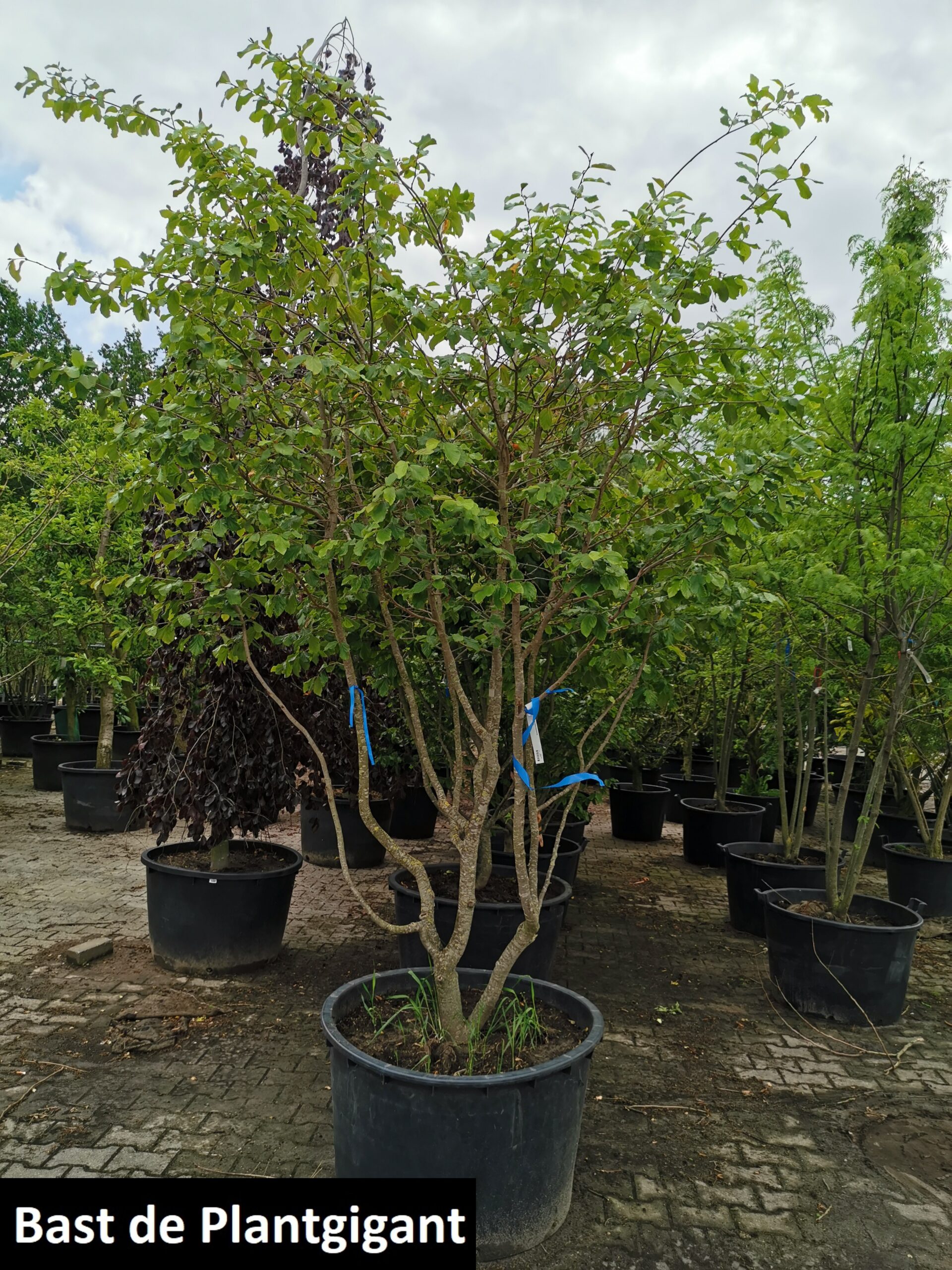
Parrotia Persica (Perzisch IJzerhout) Meerstammig ⋆ Bast de Plantgigant
Persian Parrotia is best known for its fantastic pumpkin yellow fall foliage and red winter flowers which appear before the foliage appears. Also known as Persian Ironwood. This deciduous tree grows to a height of 40' and perhaps 25' wide forming a single or multi-stemmed trunk. However, the branches often grow to the ground hiding the.
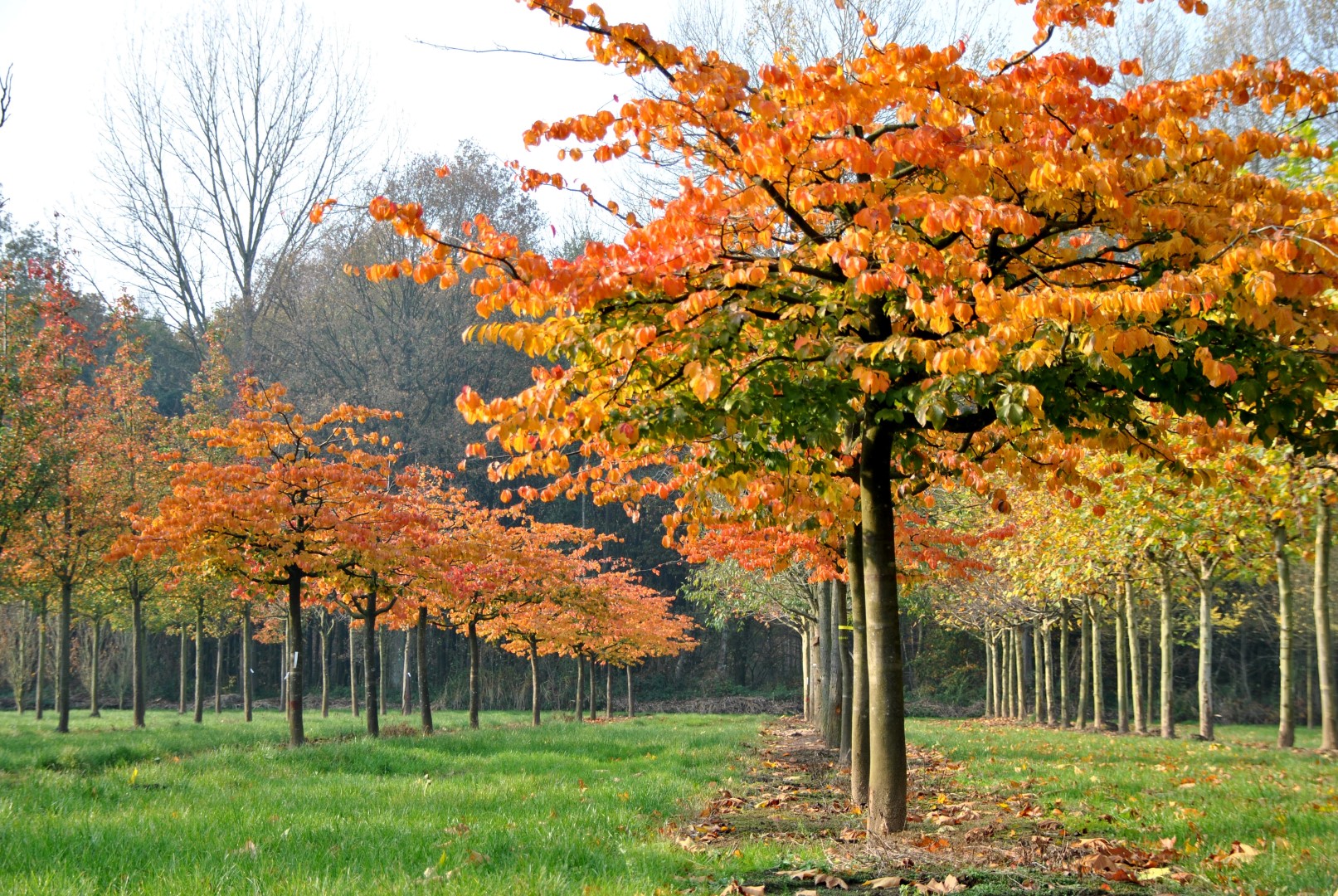
Parrotia persica Van den Berk Boomkwekerijen
How to plant Parrotia persica. You can plant Persian ironwood at any time of year. Dig a hole that's the same depth as the root mass, but twice as wide. Remove the tree from its pot and loosen the roots slightly before planting. Place the tree in the hole and ensure that it sits no deeper than it was sitting in the pot.
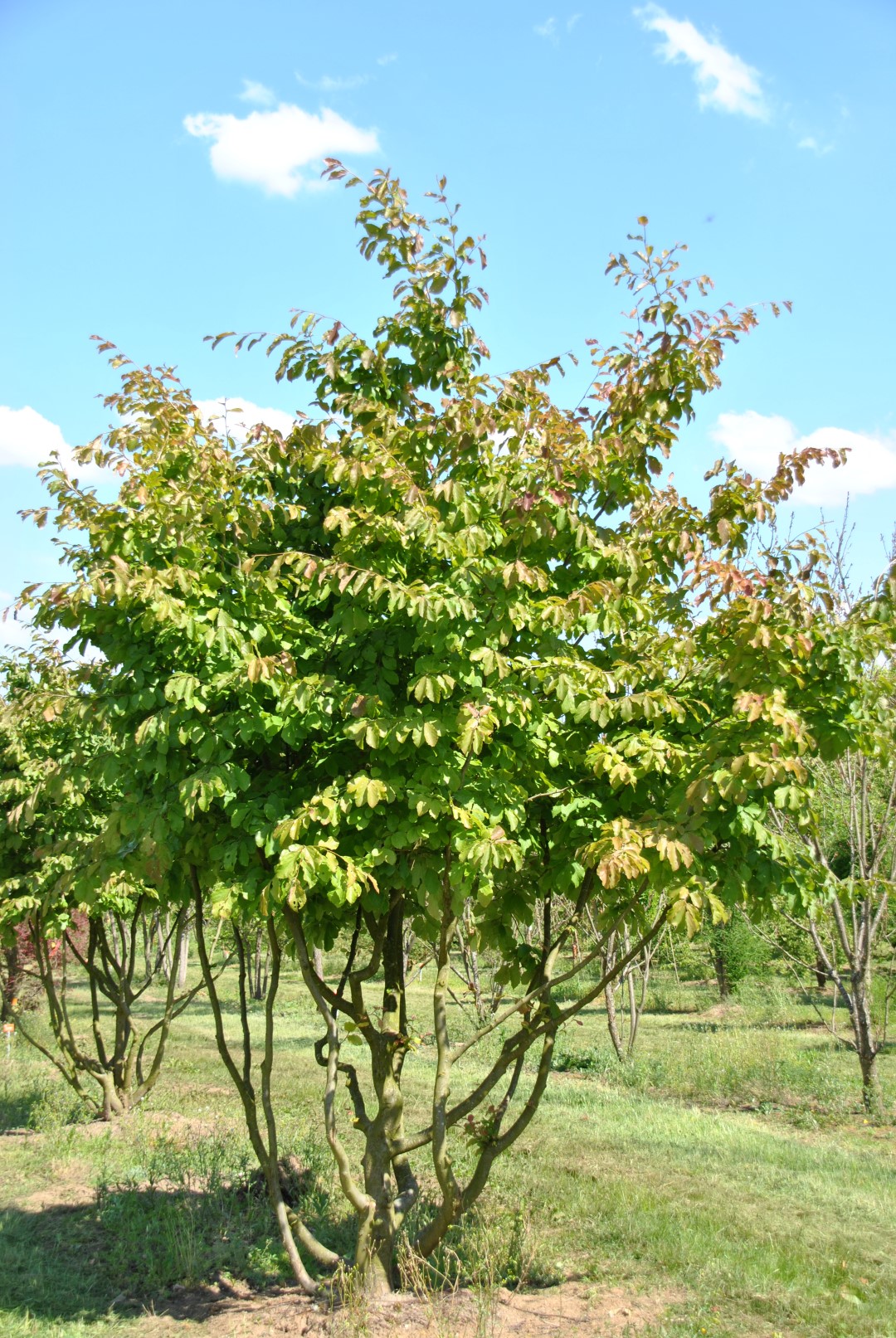
Parrotia persica Van den Berk Boomkwekerijen
Persian Parrotia. (Parrotia persica) "I love the winter interest of the bark of this small ornamental tree, which is very smooth, but peels to reveal a pattern of brownish-pink patches," said Jill Selinger, manager of continuing education. "It blooms in early spring with reddish flowers, and also has a very nice yellow-orange fall color.".
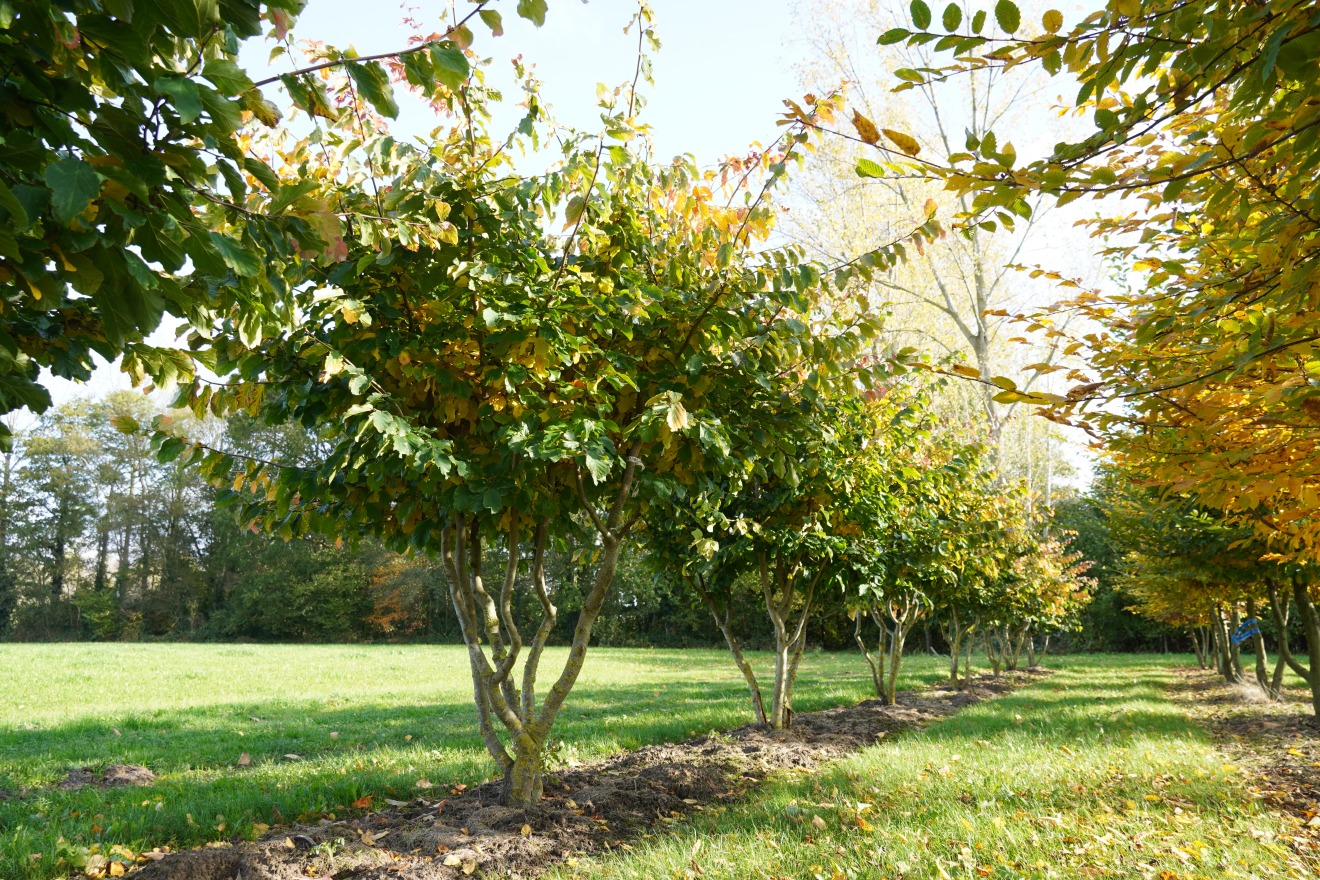
UDENHOUT TREES Parrotia persica
No matter what you love, you'll find it here. Search Parrotia Persica and more. But did you check eBay? Check Out Parrotia Persica on eBay.

Parrotia persica Vanessa Bomentuin, Planten, Kleine bomen
Parrotia persica, the Persian ironwood, is a deciduous tree in the family Hamamelidaceae, closely related to the witch-hazel genus Hamamelis. It is native to Iran's Caspian region (where it is called انجیلیanjili) and Iranian Azerbaijan (where it is called Dəmirağacı ).

Parrotia persica Bella Tuin bomen, Bomentuin, Minimalistische tuin
Parrotia persica. The Parrotia persica, or the Persian Ironwood, is, as its name would suggest, native to Iran.Orginating from Iran and southern Azerbaijan, this tree is hardy and now commonly found in Western gardens. In particular, it is often found along the west coast throughout Washington, Oregon, and down to central California.

Parrotia persica meerstammig Tuinplantencentrum De Pauw
Persian Ironwood The Persian ironwood ( Parrotia persica) was thought to be the only member of its genus until Chinese ironwood ( Parrotia subaequalis) was identified as a sibling species in 1992. The layered canopy of our oldest Persian ironwood ( Parrotia persica) shimmers as leaves dance in the wind, mimicking clusters of defocused lights.

Parrotia Persica Meerstammig (Perzisch IJzerhout) Bomen kopen online shop
The Chinese Parrotia was described only as a unique species within the last 20 years, but diverged from Parrotia persica almost 8 million years ago. This long history has allowed the two species to separate and call different corners of the globe home, but both belong to the witch hazel family (Hamamelidaceae), and share attributes with some of.

Parrotia persica Tuin bomen, Bomentuin, Tuin
Parrotia persica is a member of the Hamamelidaceae, or witch hazel family, which includes many other winter- and early spring-blooming shrubs and trees. It is native to northern Alborz mountains of Iran (formerly Persia; hence the common name Persian ironwood), but is widely hardy in much of Europe and North America and can be reliably.

Meerstammige Perzisch ijzerhout (Parrotia persica) Bomenwebwinkel.nl
Broadleaf deciduous tree/shrub, 20-50 ft (6-15 m) high, rounded, upright, wide spreading branches, often with several trunks. Bark exfoliating, producing a mosaic of green, white and brown. Leaves alternate, simple, 6-12 cm long by 2.5-6 cm wide, oval to obovate-oblong, conspicuous stipules, coarsely crenate-dentate above the middle, undulate.
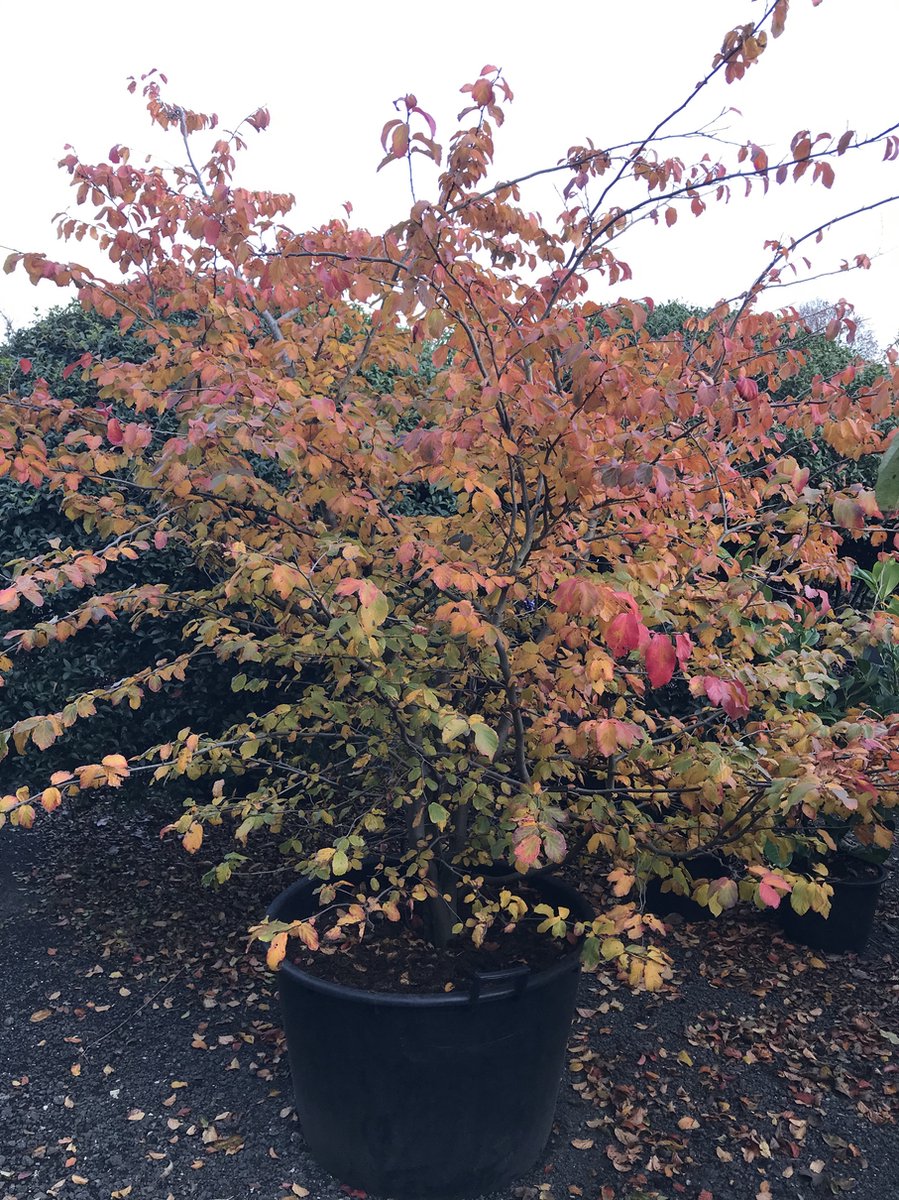
Parrotia Persica Perzisch ijzerhout Meerstammig
Common Name: Persian ironwood Type: Tree Family: Hamamelidaceae Native Range: Northern Iran, Caucaus Zone: 4 to 8 Height: 20.00 to 40.00 feet Spread: 20.00 to 30.00 feet Bloom Time: March to April Bloom Description: Red Sun: Full sun Water: Medium Maintenance: Medium Suggested Use: Street Tree, Flowering Tree Flower: Insignificant Leaf: Good Fall
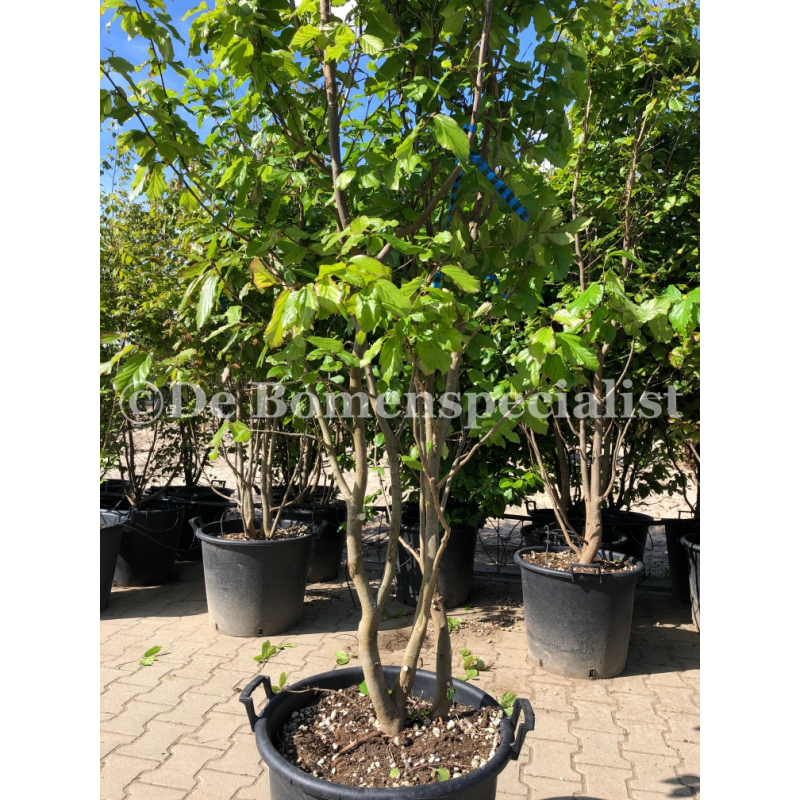
Parrotia Persica Meerstammig (Perzisch IJzerhout)
Parrotia persica is found wild in northern Iran. It belongs to the Witch Hazel family, Hamamelidaceae and the name commemorates German naturalist F. W. Parrot. Leaves are approximately 5" long by 3" wide. Individual flowers are small but conspicuous by reason of their many red stamens and are borne in dense clusters in late winter or spring.

Parrotia persica Perzisch ijzerhout Van den Berk Boomkwekerijen
Important properties Height: 7 - 10 (12) m Crown: flat-topped sphere, half-open crown, capricious growing Leaf: reverse ovoid to oval, green, purplish red edge, 7 -10 cm Flowers: small flower heads, red, February/March Autumn colour: yellow, orange, red, purple Download PDF View more specifications Clear stem (8) Feathered (5) Multi-stem (9)

Perzisch ijzerhout Parrotia Persica Meerstammig Brienissen Bomen & Buitenleven
Expect Persian parrotia to grow 20 to 40 feet high and 20 to 40 feet wide. Young trees have an upright, oval habit that eventually widens with age and develops into a round, dome-shaped canopy. The oval to oblong leaves have a wavy, coarsely toothed margin. Robert F. Polomski, Ph.D., ©2018, Clemson Extension.

Solitair » Parrotia
Parrotia persica is a small tree that works well in urban landscapes and usually does not fall prey to diseases or pests. The bark can also come in many shades of brown, gray, green, and white. It peels off attractively. Like many species in the Hamamelidaceae family, Persian parrotia puts on a splendid fall color show.

Parrotia persica Van den Berk Boomkwekerijen
Parrotia persica 'Vanessa' is a versatile, attractive, and relatively low-maintenance tree that offers year-round interest, making it a valuable addition to diverse landscapes. How to Grow and Care for Persian Ironwood Light: Parrotia persica thrives in full sun to light shade. A sunny spot will help produce the most vibrant fall colors.